Coral Ross
Advisor: Mercedes Garcia-Holguera

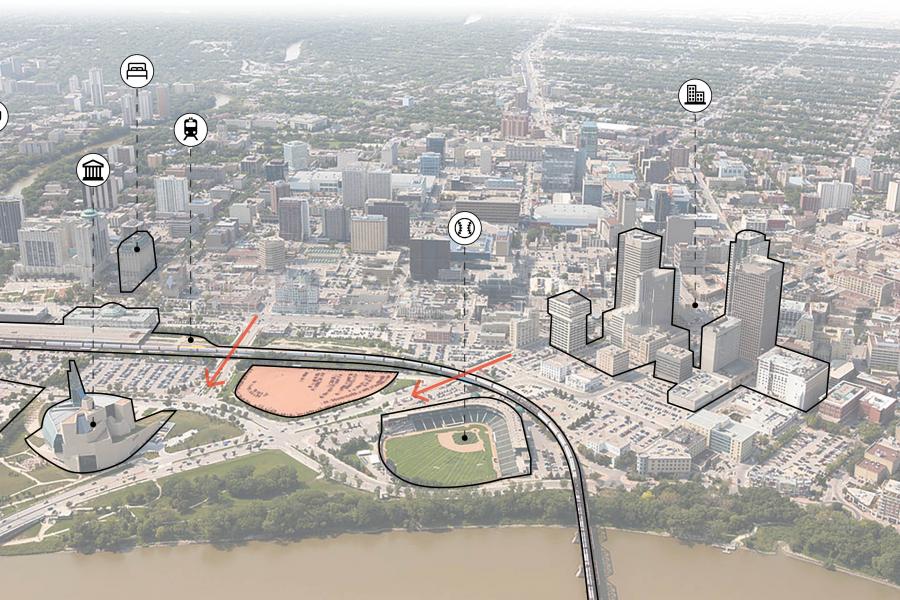
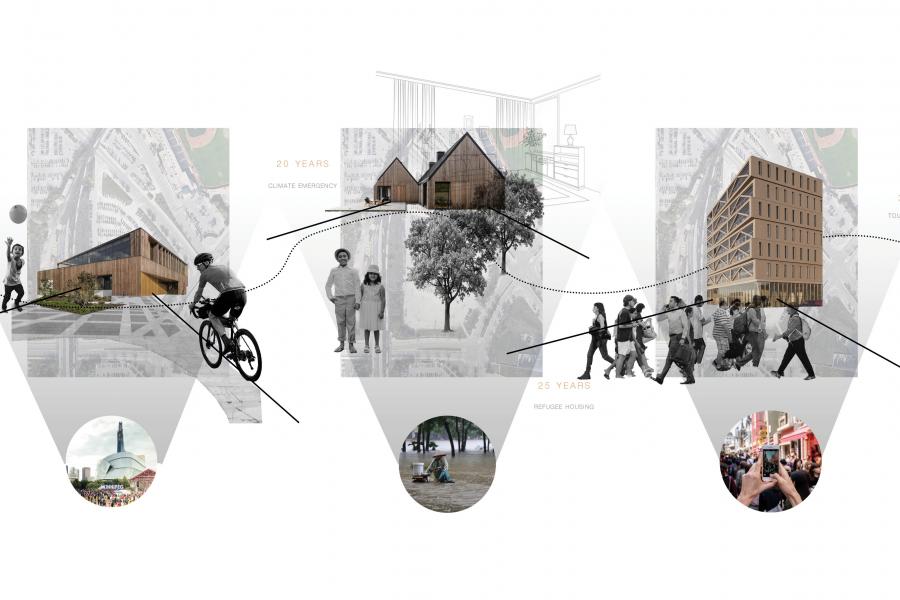
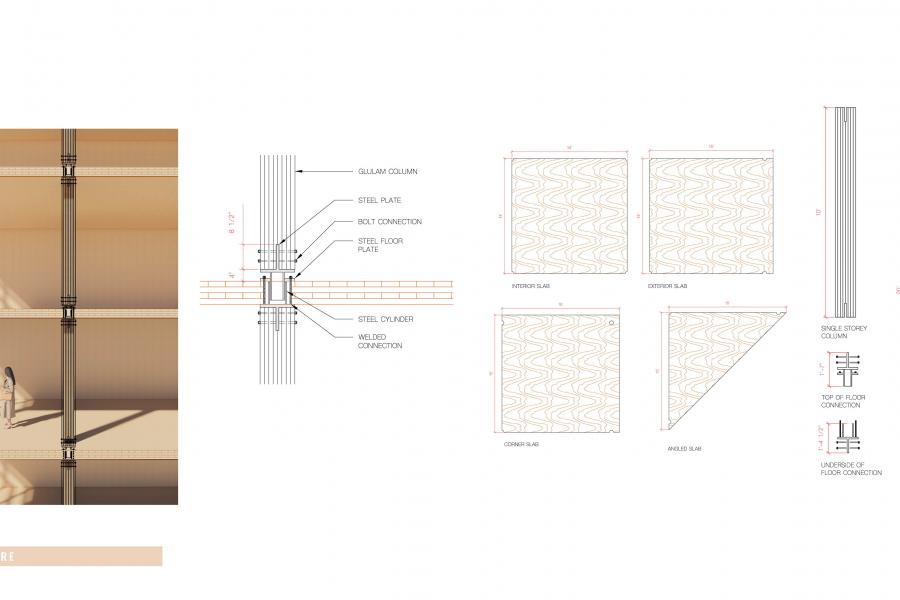
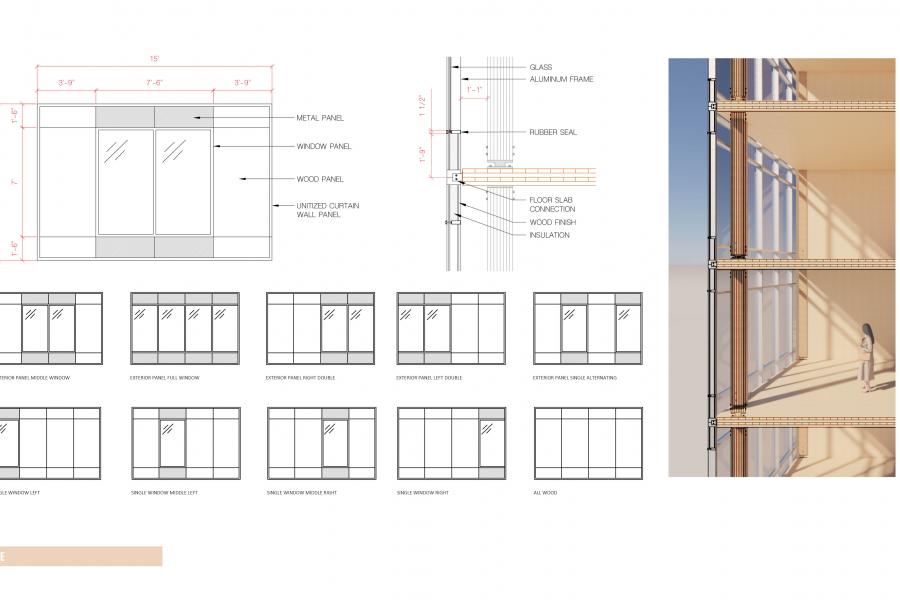

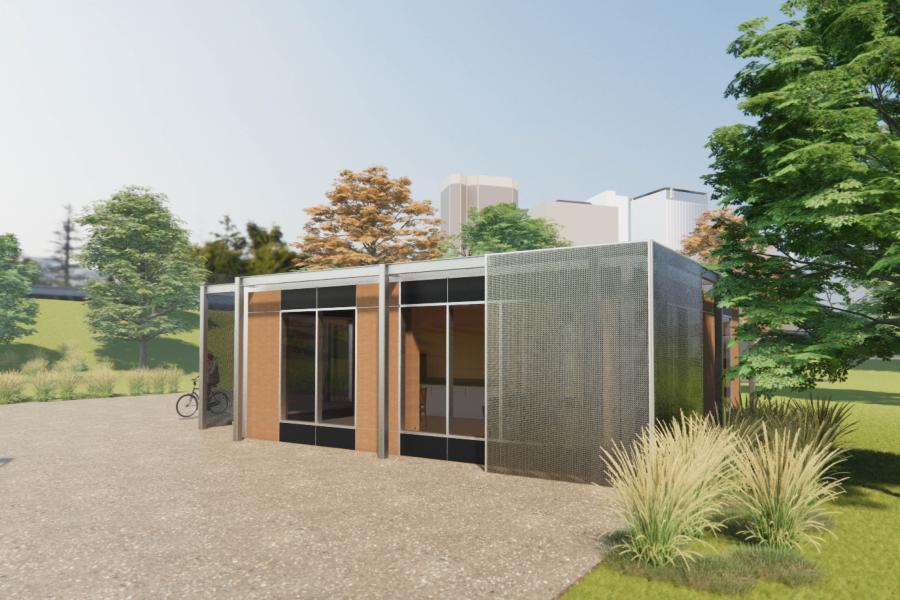

The Reversible Building
As architects we believe that what we design and construct will last hundreds of years, although this is not true. In fact, most buildings that are designed today are being torn down before they need to be. By using Design for Disassembly principles to create a demountable building we can extend the life of the building and its materials to create a more sustainable building sector. Disassembly can replace demolition at the end of the building’s life. The difference between demolition, which is the mainstream way of removing a building, and disassembly is that most building material is destroyed by demolition, forcing it into landfills. Disassembly on the other hand, can allow for the material to retain its integrity to be re-used or up-cycled in another building.
Disassembly limits the material that ends up in the landfill and the need for extracting new materials for production. This involves changing the way that we look at architecture today. Instead of looking at a building as something that will eventually be torn down, we can look at them as material banks for future projects. Design for disassembly involves designing with layers of change, reversible connections, construction and deconstruction documentation, high quality and simplicity of materials, and adaptability. This systematic way of assembling and disassembling can make the re-use of building materials simpler and more effective. Exploring multiple scales of architecture one can determine if demountable architecture can become a widely used practice.
